HOW TO START A SOYA BEAN FARMING OPERATION NOW
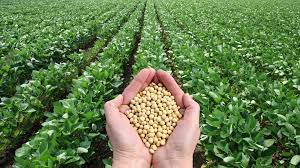
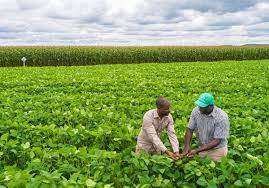
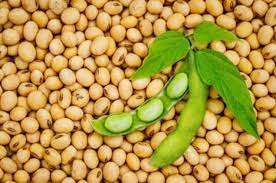
Soybean production surpassed sunflower in 2012, becoming the country’s most important oil-seed crop (BFAP 2016). Soybeans are mainly cultivated under dry-land conditions., and grown primarily in Mpumalanga and the Free State. Over two-thirds of the country’s soybeans is grown here (DAFF 2015), KZN and Limpopo are also significant soy bean growers, followed by the North West and Gauteng.
Depending upon local conditions, soybeans are typically planted in November through December. The plants react to day/night length ratios which stimulate the reproduction process. Planting in January will result in a shorter plant with lower harvest potential, as the days shorten during growth. On ripening, the leaves turn yellow and the moisture content of the seeds drops – from about 65% to 14% within 14 days – given that the weather is dry and hot
REASONS FOR SOYBEAN GROWING:
-
Diversification away from maize.
-
The growing animal – feed demand.
-
Growing production of soy-food.
-
Bio-diesel plant from soybeans.
-
Soybeans is one of a few crops that can be planted in rotation with wheat to ensure two crops per annum.
-
Crop rotation benefits include increased yields for both crops, and simplified weed and pest control.
-
Since South Africa has to import soy, marketing is not a problem.
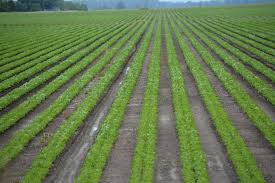
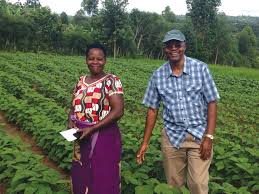
RAINFALL REQUIREMENTS
Rainfall of 500 to 900mm is required for better yields and better seed quality, depending on growth condition. Soya beans are susceptible to drought during the flowering and pod formation stages. They can also do well in warm, dry areas under irrigation.Excessive rainfall prior to and during flowering can result in luxuriant growth and increased lodging. Water logged conditions have a negative effect on the crop yield.
SOIL REQUIREMENTS
Deep, well-drained soil with a fine but firm seedbed that is high in fertility and has good water-holding capacity is needed for good soya bean yields. Soya beans are better adapted to soil types with a lower pH lower than 5.2 impedes nitrogen fixation. Compacted soils should be avoided because the hypocotyl of the soya bean breaks easily during emergence if under pressure. It is preferable to plant in moist soil.
MARKETING
There is a growing interest in soya products in South Africa because of the health benefits attached to them. Soya bean consumption in the country is estimated at 25% for oil and oil cake, 60% for animal feed and 20% for human consumption. The marketing of soya beans has moved away from single-channel marketing to a free market system. The system complies with a free marketing economy, where the producer markets has his own product to his own advantage.
The local price of soya beans is derived from world price levels of oil seed products and if a net local deficit applies, large quantities of these products must be imported. The largest price determinant, however, is the international price level of oil and oil cake. Because of the fluctuation of world prices, one can expect the trading of locally produced oil seeds to be increasingly linked to international prices. The bio-fuel industry will also open doors for the soya bean market.
Food security concerns and the growing global population are particularly highlighted as the main soy bean development agenda. Soy beans present farmers a cover crop that could assist in reducing soil erosion, improving soil fertility as well as diversifying income opportunity and food resources.
CONTACT US NOW IF YOU NEED HELP IN THIS AREA OR A PROFESSIONAL, BANKABLE FARMING BUSINESS PLAN – (27)84 583 3143 OR money@global.co.za
HOW TO START A SOYA BEAN FARMING OPERATION NOW Read More »